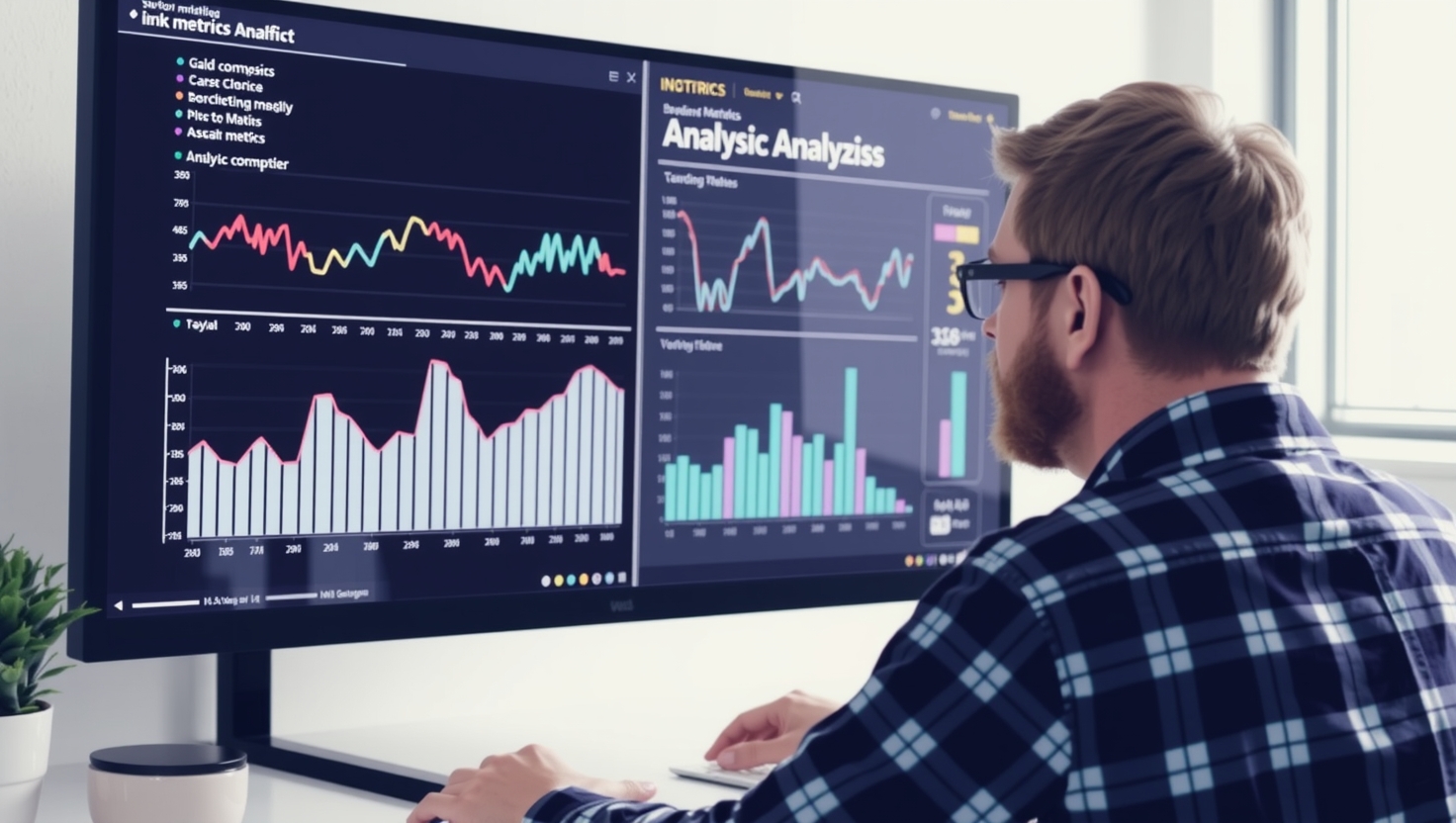2025-07-15 · By Shortsr Team · 6 min read
How to Analyze Your Link Metrics and What They Mean

So you've shortened your links and you're seeing the clicks roll in. That's great! But the total click count is just the tip of the iceberg. To truly optimize your campaigns, you need to understand the stories your data is telling. Let's break down the key metrics.
1. Clicks Over Time
This is your fundamental performance indicator. Look for trends. Are you getting more clicks on weekends? In the evenings? Use this information to schedule your posts and ads for maximum impact. A sudden spike might indicate a piece of content has gone viral, while a dip could signal a problem.
2. Geographic Data
Where in the world are your clicks coming from? If you're a local business and you're getting a lot of clicks from another country, you might have an issue with your ad targeting. Conversely, if you see an emerging market, it could be an opportunity to expand your reach.
3. Referrer Sources
This metric tells you where your traffic is coming from—Google, Twitter, Facebook, etc. It's one of the most valuable pieces of data. If you see that 80% of your traffic is coming from Twitter, you know to double down on your efforts there. If a source you thought was valuable isn't sending any traffic, it might be time to reconsider that channel.
"Data is the new oil. It’s valuable, but if unrefined, it cannot really be used."
By regularlying analyzing these core metrics, you can move from simply tracking clicks to making intelligent, data-driven decisions that will significantly improve your results.

